Improve Budgeting and Forecasting with Prophix
Improve Budgeting and Forecasting with Prophix
No doubt, any company trying to operate without proper budgeting will run into cash flow problems and will not be able to plan, forecast and make use of opportunities. Working with outdated budget planning tools, such as spreadsheets, leads to mistakes, time wasted and missed opportunities.
With the sophisticated, yet easy-to-use budget planning tools from KPI Management Solutions, you don’t have to compromise on forecasting abilities. We offer the Prophix performance management software suite, making it possible to create rolling forecasts, in addition to daily, long-term and drive-based forecasts.
Having a centralised system that allows for the consolidation of segmented data from various sources makes it possible to get a holistic view of the company finances, and to do proper scenario planning. You no longer have to rely on tedious and often inaccurate spreadsheets. Use the automation functions of Prophix to streamline the forecasting capabilities of the company.
Infrequent forecasts can become something of the past. Now you can leave the time-consuming methods behind and use the advance forecasting functions of Prophix to save time and get in-depth insight into where the company is going. The automation of forecasting helps to gain consistency in projections.
The forecasting functionalities provide the enterprise with benefits such as not having to create formulas, which can be incorrect or inconsistent. The task is managed for you. It is a flexible budget planning tool, characteristic of the products that we provide. The integration of data enables consistency and improved planning capabilities, and with this solution, you can track data input and changes, which improves the control and accountability of executive management.
Forecasting can only be done if the budgeting function is carried out correctly. Efficiency in this function is facilitated with the Prophix budget planning tools. You no longer have to work with the rudimentary elements of spreadsheets, which are often riddled with input, formula and saving mistakes. The annual budgeting process doesn’t need to be resource exhaustive.
With Prophix, you can automate the budget submission and review tasks. The solution enables better workflow management and thus the streamlining of the above tasks. The data used for budgeting can be retrieved directly from the general ledger. This minimises the need to assign personnel for data input into budget applications or spreadsheets. With such comes the benefit of not having to consolidate data from various sources.
You thus gain improved control over the budgeting task and benefit from improved employee support for the budget, as employees can immediately see the benefits of cooperation. They are able to input data where and when needed, which also adds to improved personnel involvement in the company budgeting functions.
By using this advanced budgeting tool, as available from us, you can easily identify revenue trends which will help you with income planning, and gaining better and smarter sales policies. Being able to predict income accurately also adds to budgeting abilities. With sales being the basis of the income, you can quickly identify changes in revenue and thus adapt the budget accordingly. The software suite enables you to benefit from consistency in the data regarding revenue, and makes it possible to quickly identify changes to the bottom line and use information to compare various revenue scenarios, which will help to improve planning.
You can also monitor the revenue progress and evaluate your revenue estimates. With this tool, you are able to integrate sales planning, because the employees can input the information from where they are. You no longer have to be concerned about having to make sense of revenue data. The software will do it for you and also improve the transparency of the revenue planning function.
Cash flow planning is made easier through the integration of accounting and treasury data. With the Prophix software suite, you gain an in-depth financial view of the company’s cash flow.
It enables you to integrate cash flow management, rather than having to prepare a separate cash flow projection. Sophisticated analyses of the financial data are possible, thus making it possible to plan investments better, align the enterprise’s purchases with its objectives, and to improve visibility of the enterprise’s financial situation. Automating helps to reduce the time it takes to manage cash flow.
Call us for more information on how to benefit from Prophix, as one of the comprehensive performance management and budget planning tools available from KPI Management Solutions.


